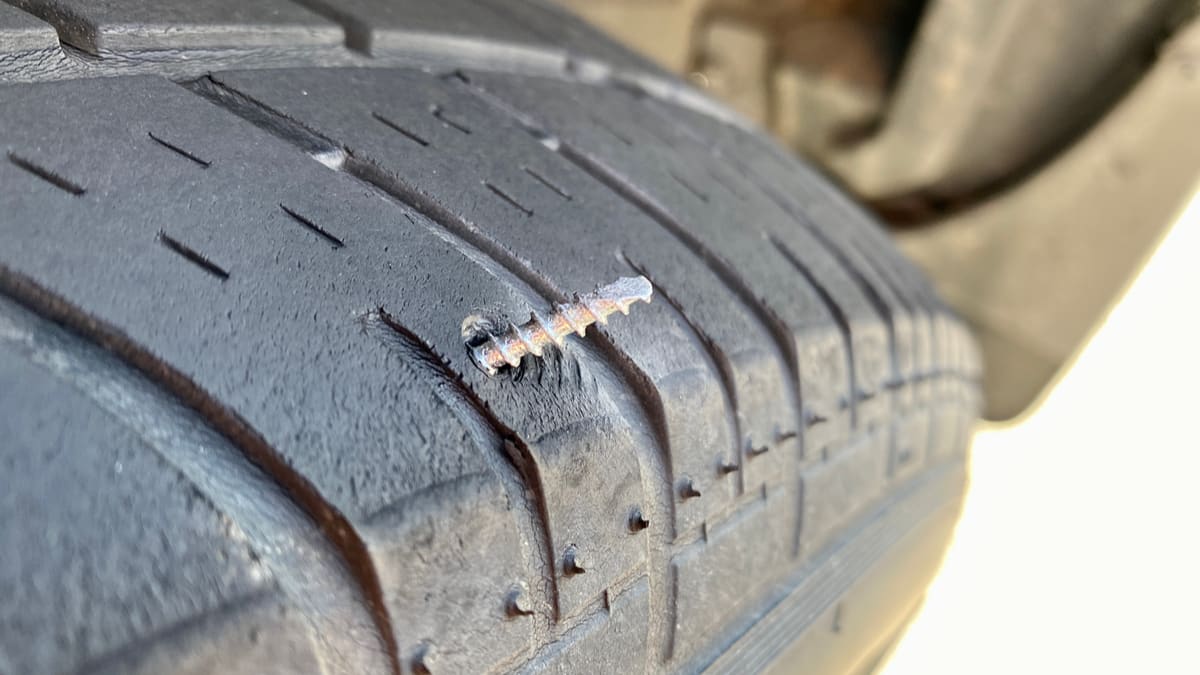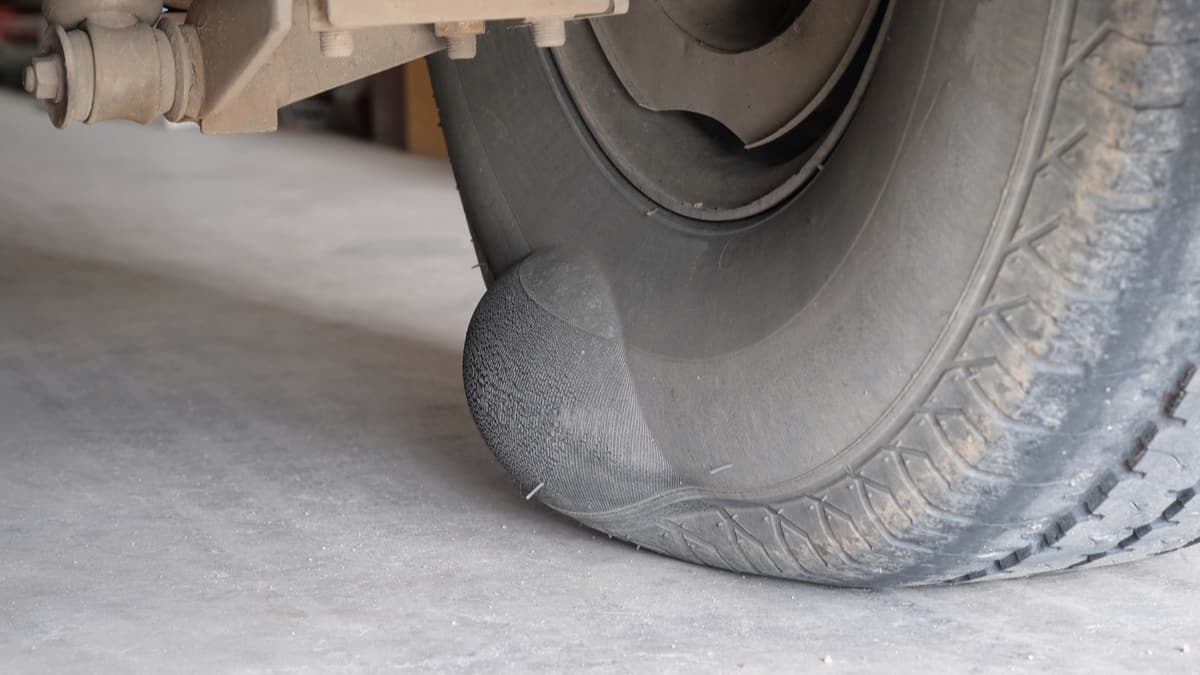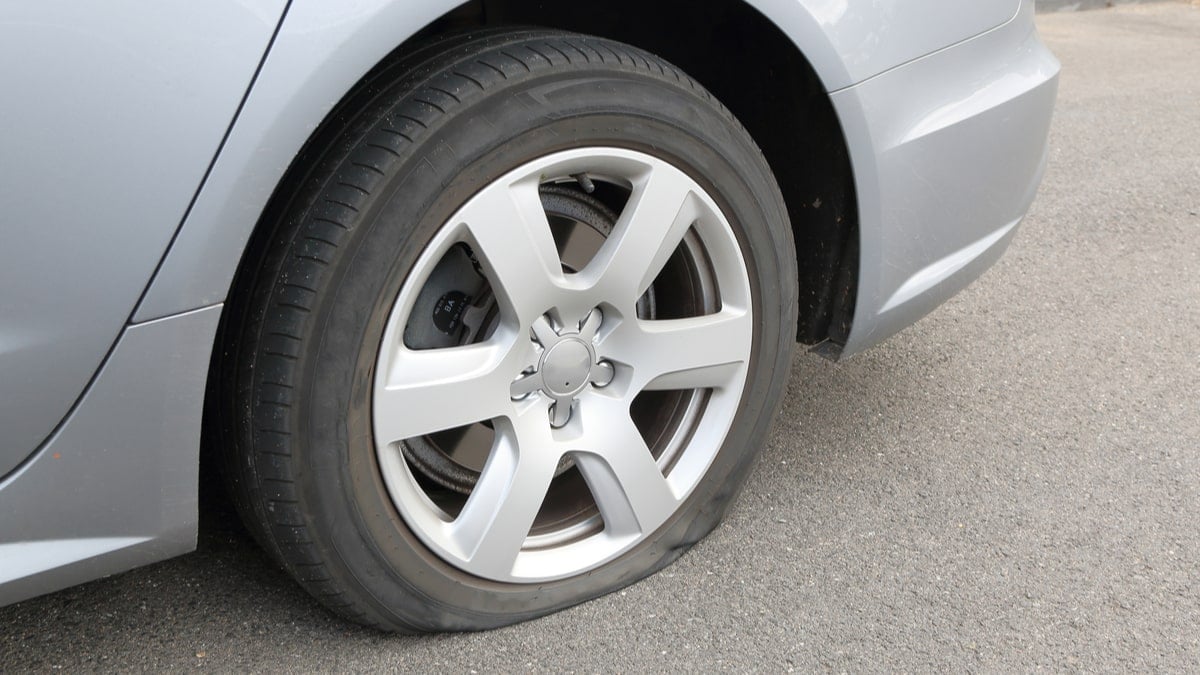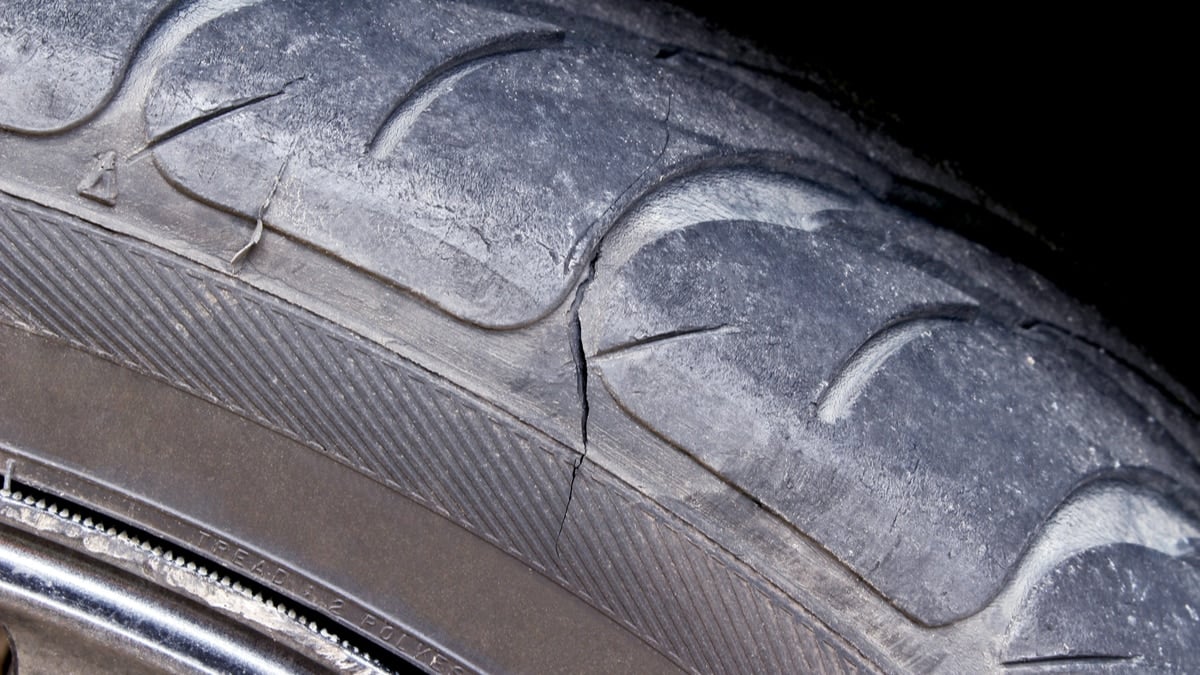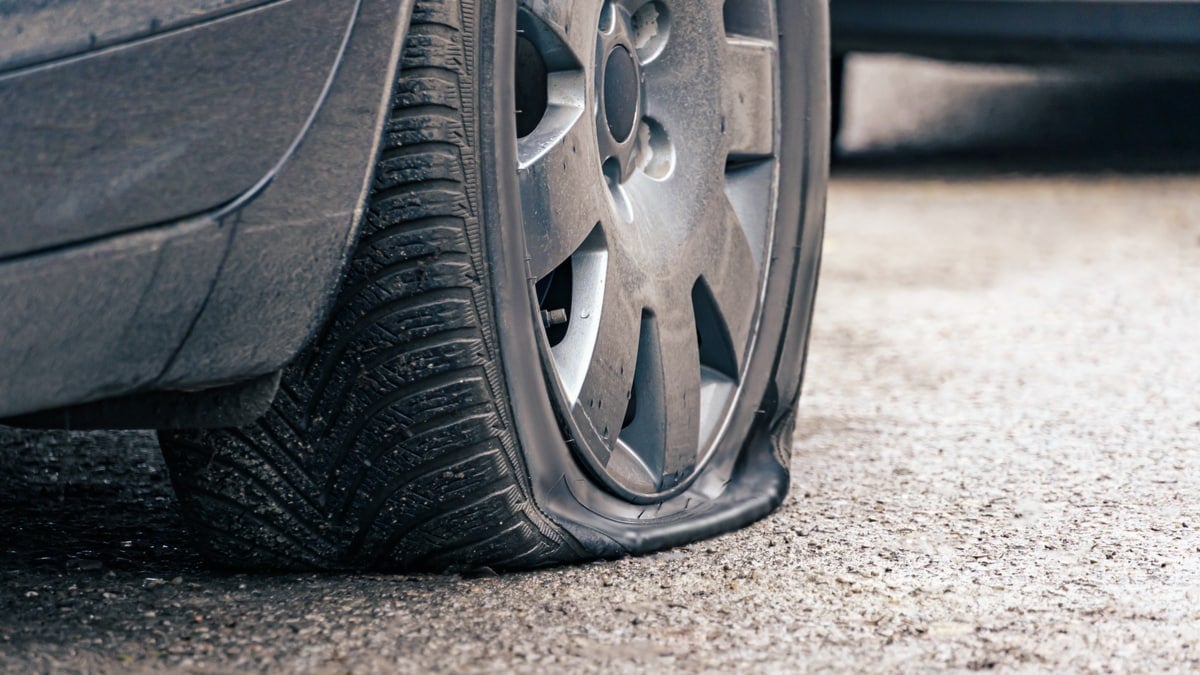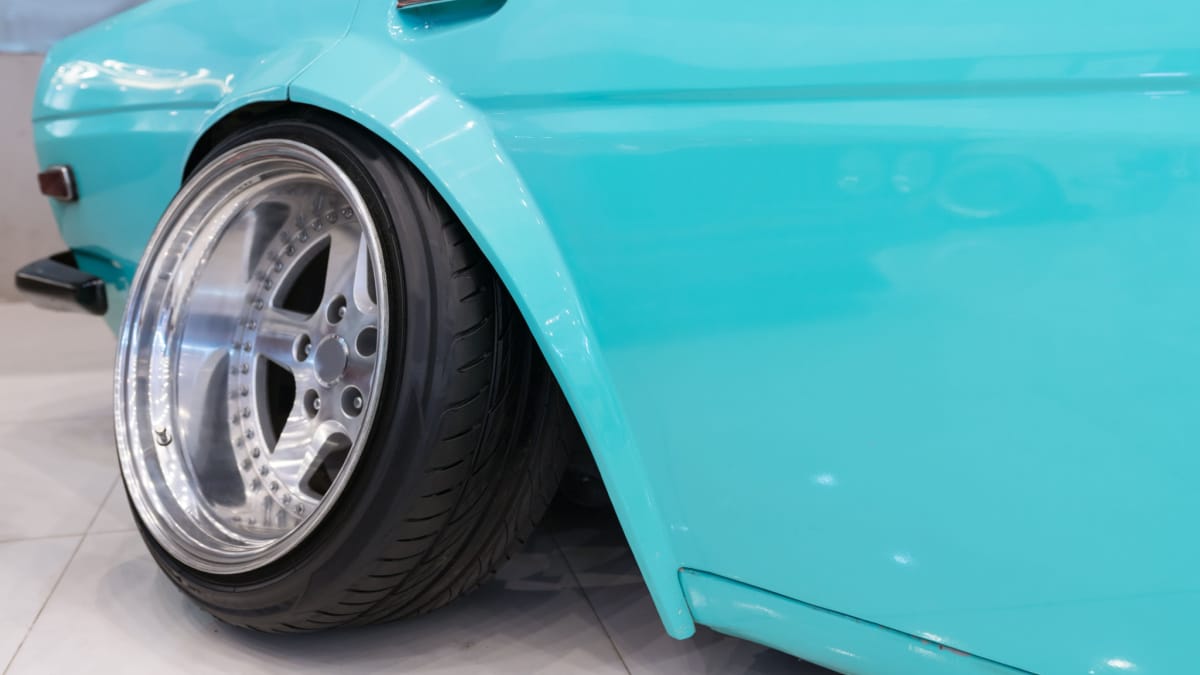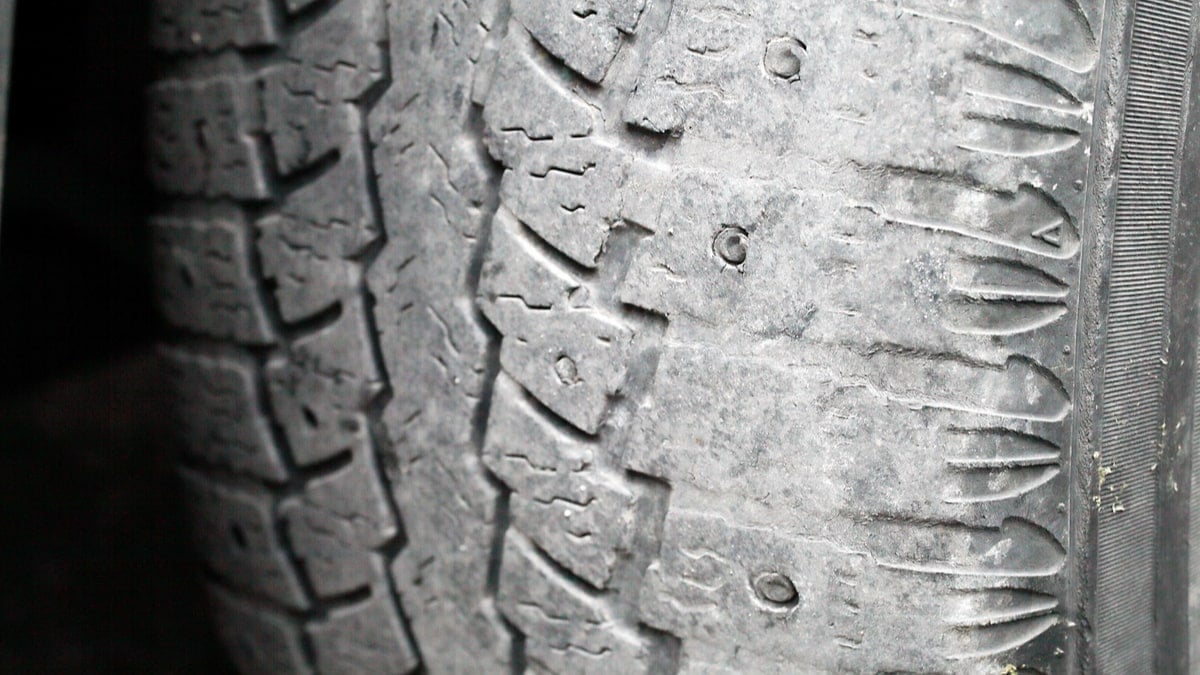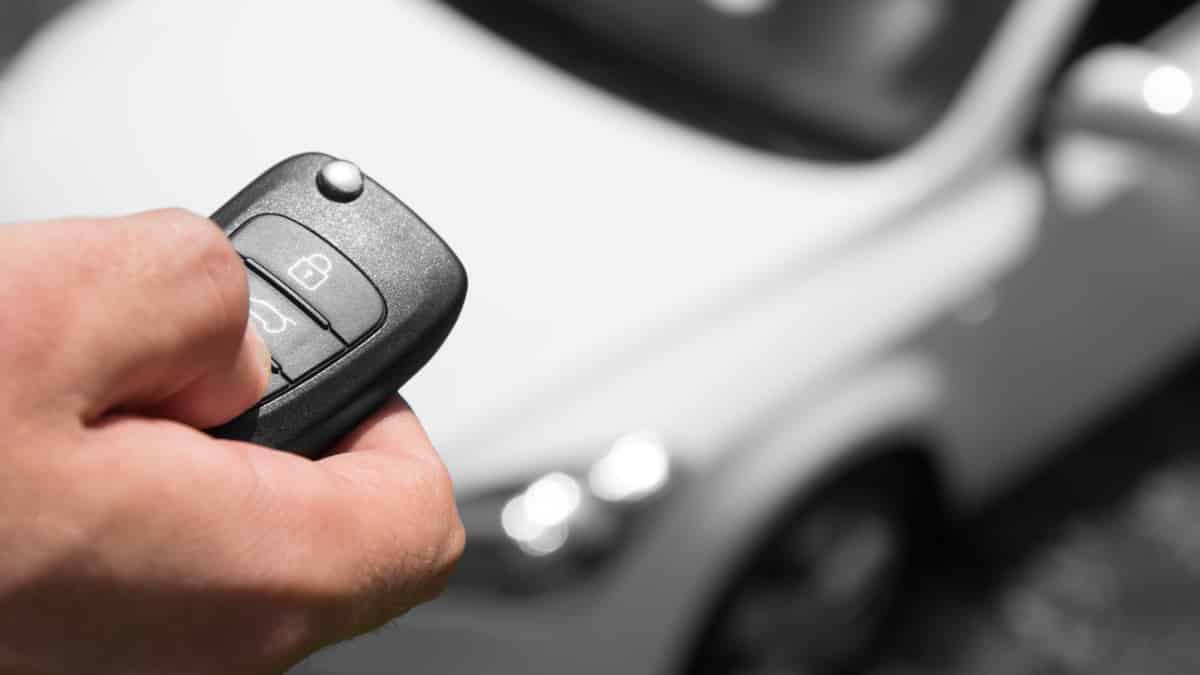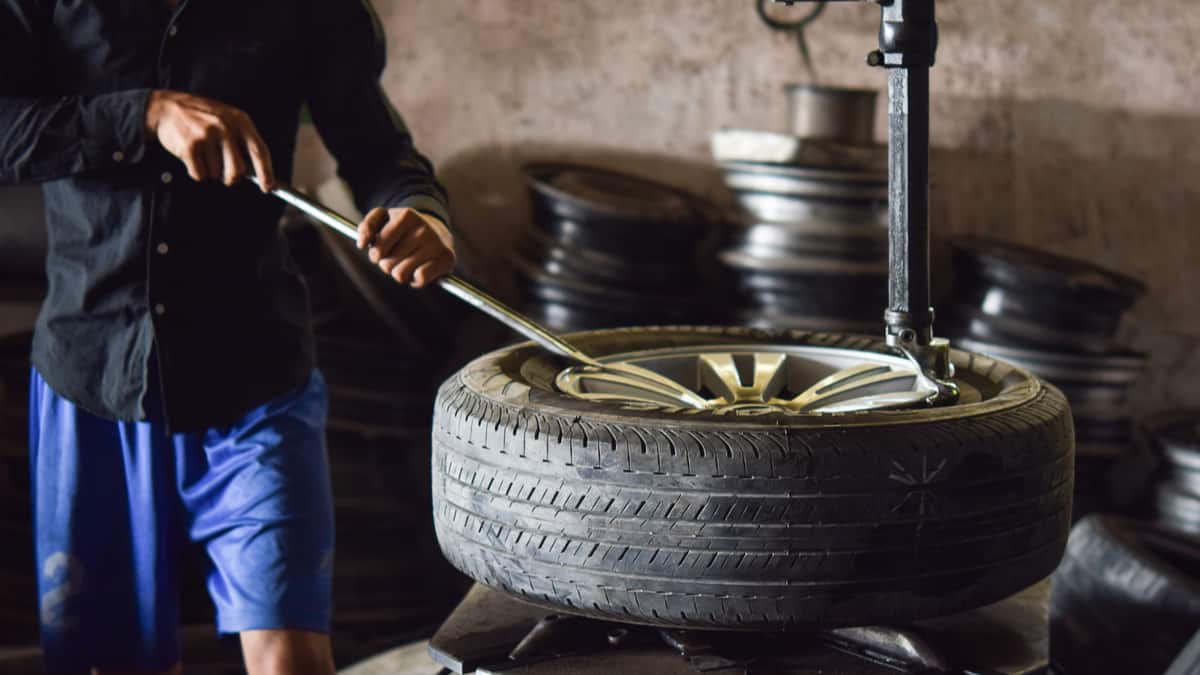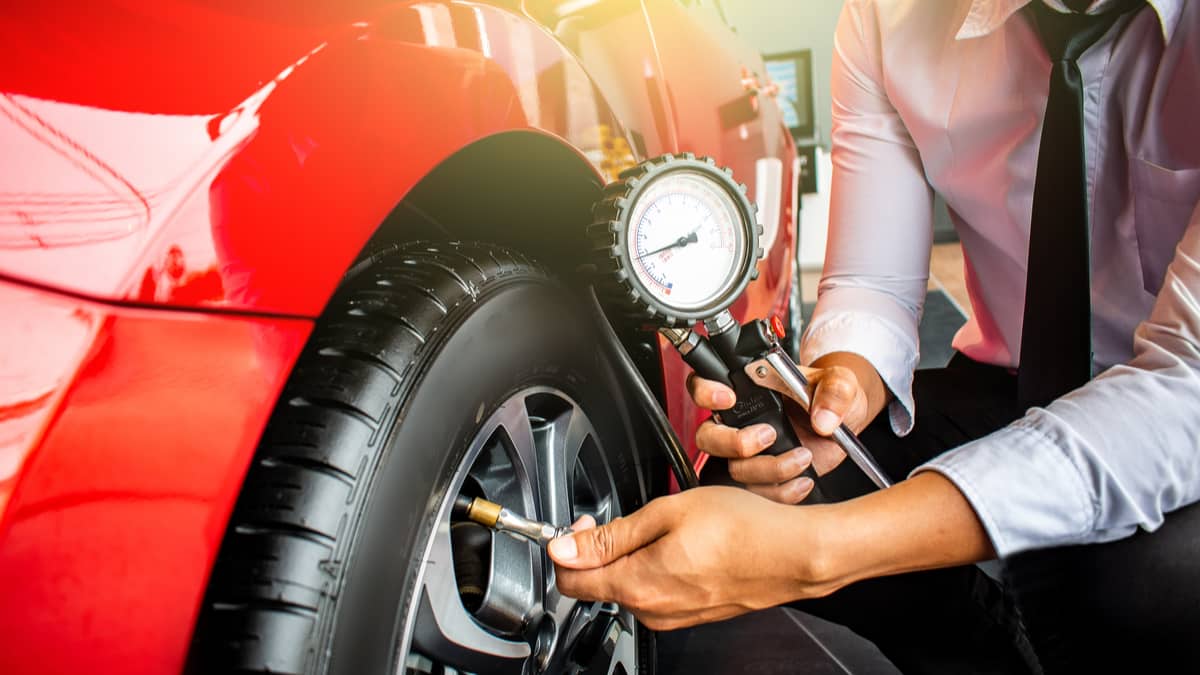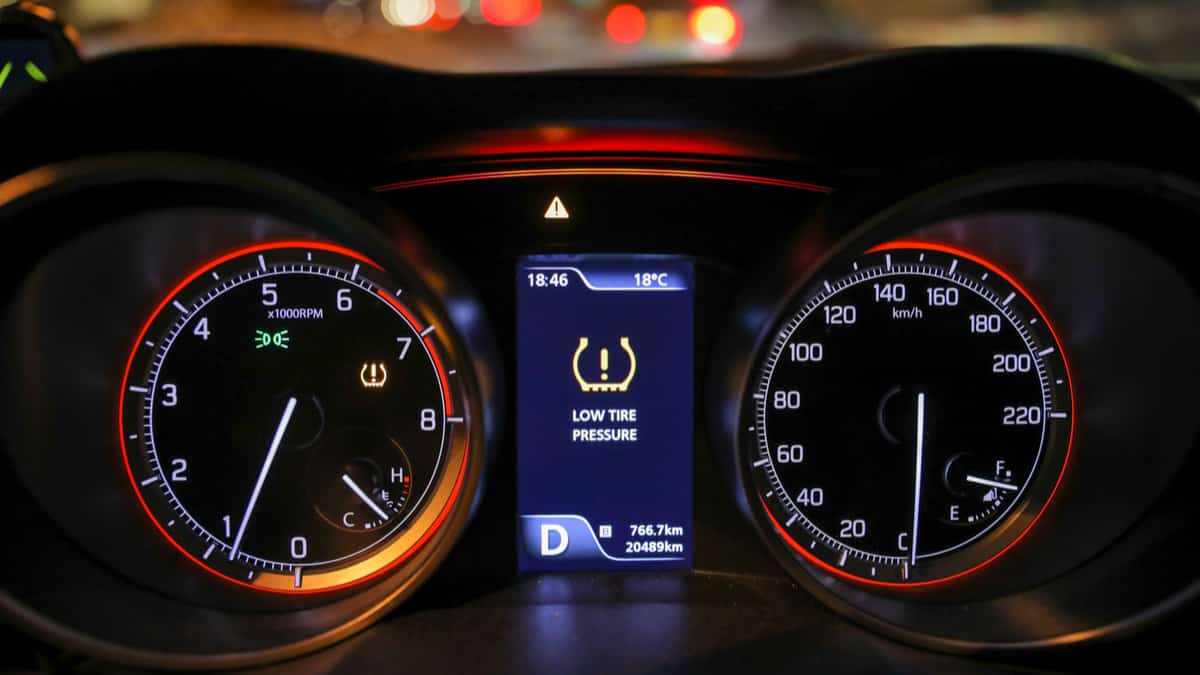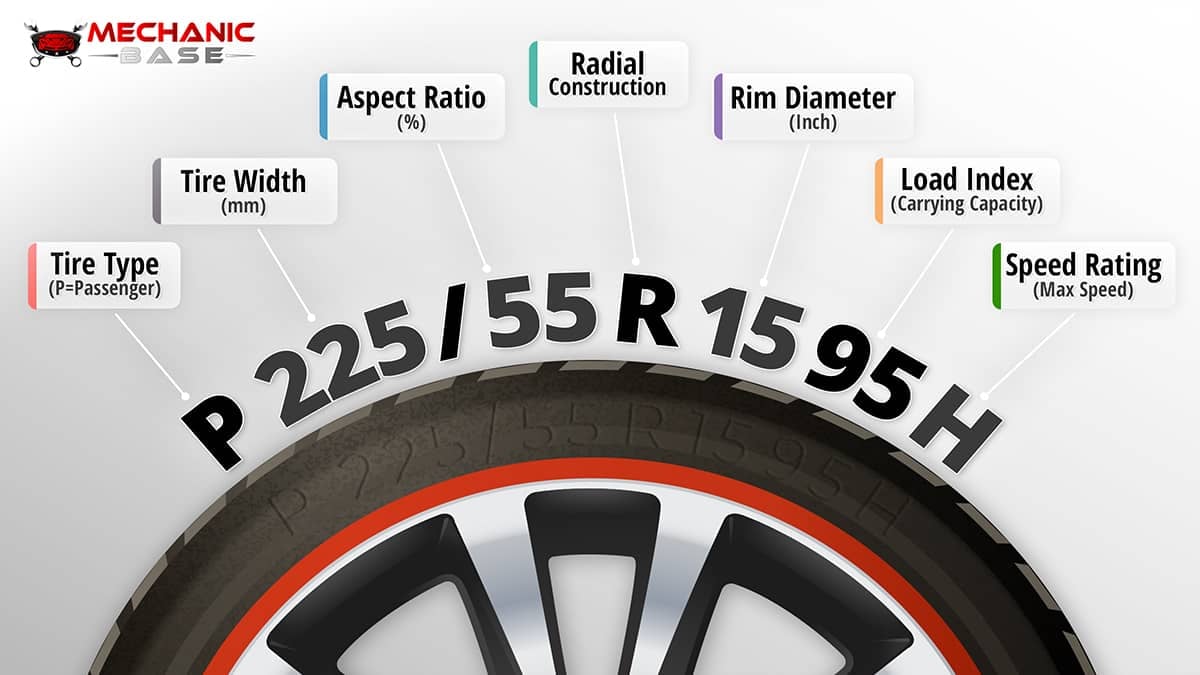At some point, you will likely get a small nail or screw stuck in your car tire. Of course, these situations tend to happen right after you get new tires installed because of Murphy’s Law. But is it safe to drive with a nail in your tire?
I look at when you can drive with a nail in your tire and what to do about it. I also help you decide if repair or replacement is your best option.
Is it Safe to Drive with a Nail in My Tire?
Yes. It is safe to drive with a nail in your tire in the short term if it’s small and if the tire is holding air. Drivers run over nails all the time without realizing it. If it’s a large nail and the tire is losing air fast, it’s better to tow it to a tire shop as soon as possible.
Sometimes the nail is small and hasn’t even punctured the tire, and in that case, you can remove it, but make sure it hasn’t reached into the tire treads. If it punctured the tire, you should take it to a tire shop to repair it as soon as possible.
Aside from that, if the tire is flat or blown out, there’s absolutely no reason to drive on it. Instead, you will want to put on your spare tire to get to the local repair shop.
What to Do if There’s a Nail in Your Tire?
If you have a tire losing pressure because it has been punctured, you will need to take quick action to remain safe. Turn on your hazard lights and pull over in a safe location. Do a visual inspection of the tire to determine if it is safe to drive on or not.
If the tire is flat, it’s best to replace it with a spare and head to the nearest repair shop. If you don’t have a spare or have never learned how to change a tire, you want to contact roadside assistance for a tow to your local facility.
If the tire isn’t losing air, it might be safe to drive yourself to the nearest tire shop. However, you will want to be careful and take your time.
Some people swear by DIY tire sealants, plugs, patches, and inflators, but these aren’t meant to fix the problem permanently. If you choose to use one of the unreliable quick fixes, it should only be to get to the repair shop. However, these fixes might increase your bill at the tire shop because they can also cause more long-term damage.
Repair vs. Replace a Punctured Tire
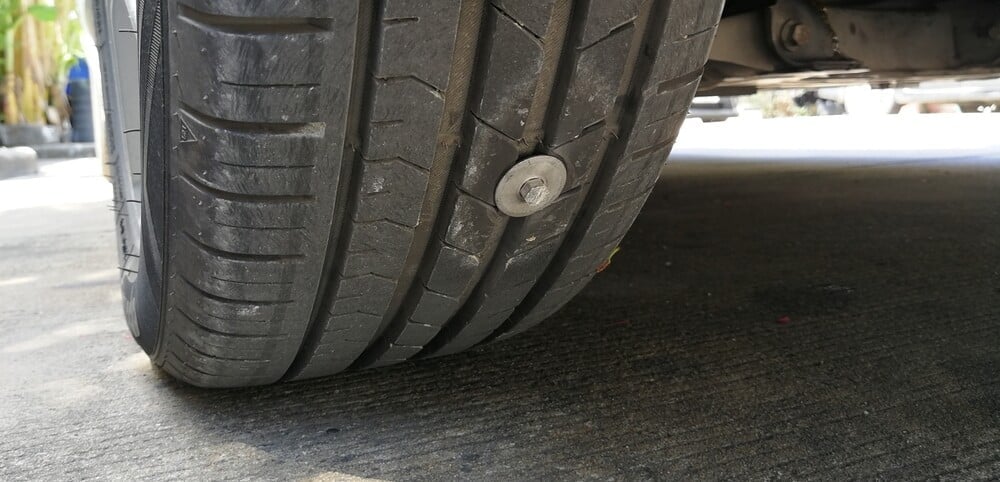
There are some instances where repairing the tire could be a good option. On the other hand, if the tire has been severely damaged, you want to replace it. Let’s look at a few reasons either is the best option.
Repairing a Punctured Tire
If the puncture area is in the tread, it might be repairable. The tread is simple to patch up and shouldn’t compromise the safety of your tires.
However, the hole must be a quarter of an inch thick or less for a patch to work correctly. Additionally, multiple holes would need to be a minimum of 16 inches apart for a repair to be effective.
Replacing a Punctured Tire
There are valid reasons to opt for a replacement rather than a repair. For example, if the puncture has occurred in the sidewall of the tire, your on-road safety would be compromised if you fixed this tire.
Additionally, any hole larger than a quarter of an inch is too large for repair. If you are dealing with multiple holes close together, you will also want to replace the tire.
Signs of a Punctured Tire
Can you notice if your car has a punctured tire without checking the tire pressure? Here are four signs of a punctured tire:
1. Losing Air Pressure
The most obvious sign that the tire has been punctured is if it is losing air. You can see a flat tire with a visual inspection. If you attempt to inflate the tire and it goes flat again, there’s likely something in it.
Additionally, newer vehicles come with a Tire Pressure Monitoring System (TPMS). This advanced diagnostic system lets you know when one of the tires becomes underinflated. You should see a low-pressure alert on your dashboard.
2. Steering Changes
If you have a flat tire, you might notice trouble driving in a straight line. The steering could feel like it is pulling to the side that is flat.
If you are in tune with your steering, you might notice problems before the tire loses all of its air. This advanced warning will help you avoid any more damage from driving on a flat tire.
3. Trouble Accelerating
When the tire goes flat, your vehicle will have trouble speeding up. At first, it might just feel like you need more throttle to get it going.
However, when left alone, you might not be able to accelerate at all. This is usually caused when the car starts riding on the rim instead of the tire.
4. Strange Noises
If the underinflated or punctured tire starts to flex and overheat, a blowout could occur. This rapid release of air pressure can create a banging or whooshing noise that gets your attention.
Additionally, the deflated tire can start to slap against the road as you drive. When this occurs, you put yourself and others at risk because of the tire debris that gets left on the road.
To prevent these dangerous situations, it’s best to have your tires looked at when there is an initial sign of trouble. With an early evaluation, it might be possible to save your tire.
Categories: Tires, Troubleshooting

